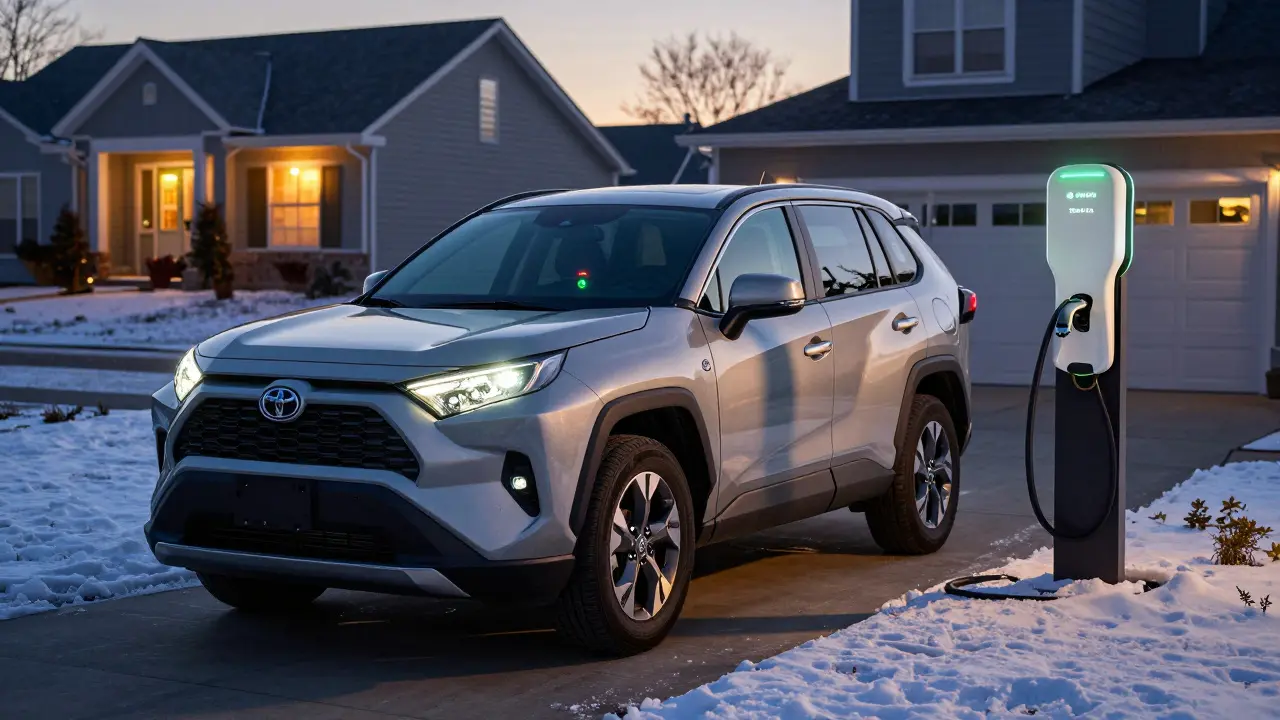How the Global Supply Chain Impacts Your Car Parts
Ever wondered why it sometimes takes forever to get a replacement car part, or why prices suddenly jump? That’s the global supply chain in action. When one link has an issue—for example, a factory delay overseas or a shipping hold-up—you feel it at home, whether you’re fixing up your daily driver or hunting for a new battery.
The auto industry isn’t local anymore. Most car parts travel across countries before they even hit a US store or repair shop. The tiny chip that controls your car’s sensors? It might be made in Taiwan, while the steel for your brakes could come from Germany. These parts then wind through ports, warehouses, and trucks before showing up at your mechanic’s front desk.
Lately, headlines shout about shortages and price hikes. It’s not just media buzz. Real people have had to wait weeks for simple items like air filters or struggle to find affordable tires. During the last global supply crisis, even dealerships admitted that getting basics took longer and cost more.
It’s not all doom and gloom. Drivers who know how the supply chain works can save both time and cash. First, plan ahead—if you know you’ll need something soon (like new brake pads before a road trip), order early. Don’t wait for things to break. Second, be open-minded—sometimes aftermarket parts come from a different country than the original, but they can get you back on the road faster. Just do a quick check for quality reviews.
Local availability is also a game-changer. Some shops have strong relationships with multiple suppliers and can compare options in real time. Ask if they have several supply contacts because that could mean the difference between a two-week wait and getting your oil filter tomorrow.
If you like to DIY or keep costs down, check online retailers with diversified warehouses. But watch out for counterfeit parts—stick to big names or direct-from-manufacturer shops to avoid low-quality knock-offs that could mess with your car’s performance.
This whole supply chain thing explains why sometimes you see wild price swings or sudden “out of stock” notifications. The further a part has to travel, and the more hands it passes through, the more chance for hold-ups and markup. Want to keep your wallet happy? Track your car’s service schedule and snag critical items before you need them.
Even eco-friendly parts are in the mix now. Companies that make recycled or “green” components often face their own supply chain quirks. If you’re shopping for these, start early—sustainable materials can be popular but limited in supply, especially after global events.
Nobody wants their car stuck in the driveway because a single part is stuck halfway around the world. Understanding how the global supply chain works helps you shop smarter, budget better, and keep your ride rolling without headaches.

Automobile Manufacturing Trends: Electric Cars, Automation, and Global Shifts
- 10 Comments
- Jun, 17 2025
Explore how car manufacturing is shifting fast: EVs rise, robots join the line, and factories rethink where to build. Get fast facts and smart tips for today and tomorrow.




